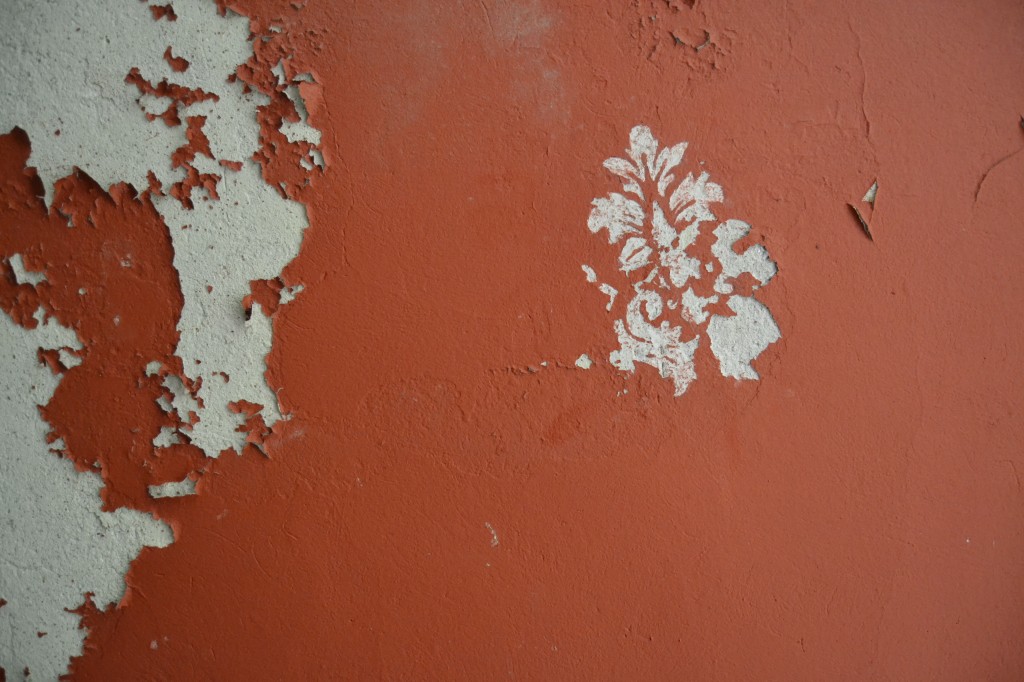(Eng.: The conquest of the useless)
The Eni Village, abadoned and silent, is enveloped by the surrounding woods which has grown in time.
Nature is taking over the buildings without much ado.
The inner spaces, lifeless and silent, maintain a cleanliness without history:
few signs of a past life,
clean tapestries, intact timbers, perfectly preserved forniture, floors with little dust on them,
only rare children’s drawings and technical files of long gone stays
remain as witness of a past era carried out in the village.
In this metaphisical calm,
despite the numerous openings to the outside,
the animals don’t get inside and very few insects have taken nest,
the woodworms have not filled the tiles with holes, not much rust on the iron and few cobwebs.
The structure, instead,
so anthropomorphic and rational,
is enduring attacks from the landscape:
the rain gets inside and the earth/soil moves,
aftershock cracks upset the structural shapes,
the mortars give way and the walls peel away,
the inert matter decays generating signs of new life forms.
The aesthetic rigour of the structure is lacerated as a fragile epidermis
which protects and hides the truth of time in the hypoderm.
In these logorated details, uneven and unstable
intervene with precision to rise up a different and wild nature from the signs.
My task is that of taking away few fragments of matter from this surface and
allowing a glimpse of a mirage of invasion of the Jungle.
The vicissitudes of the pieces of plaster barely attached to the walls,
create pereidolia in my gaze/thoughts.
The negative and positive spaces,
the relationship between the bidimensionality of the drawing and the tridimensionality of the matter
dialogue in the middle, at the centre where things grow,
creating new horizons.





